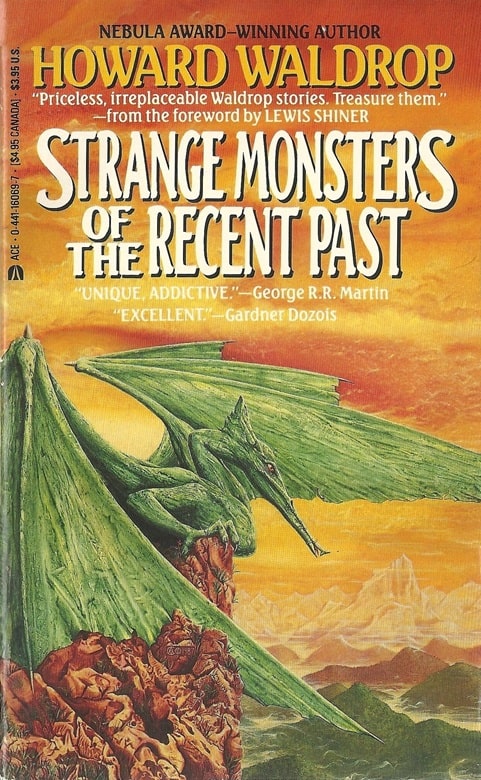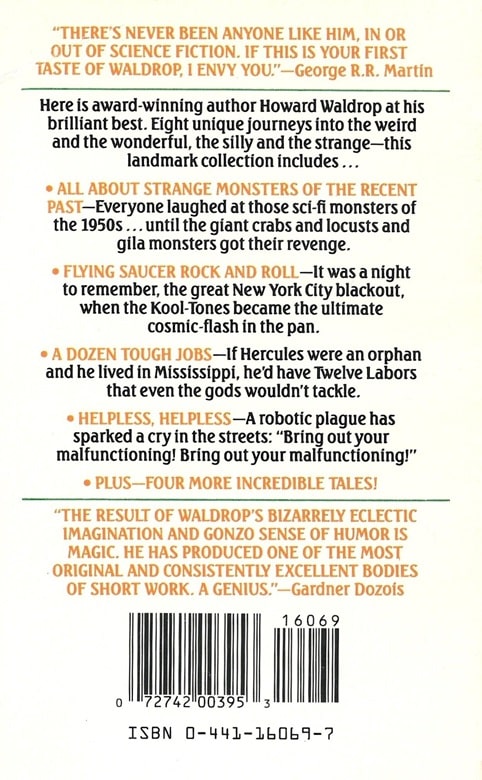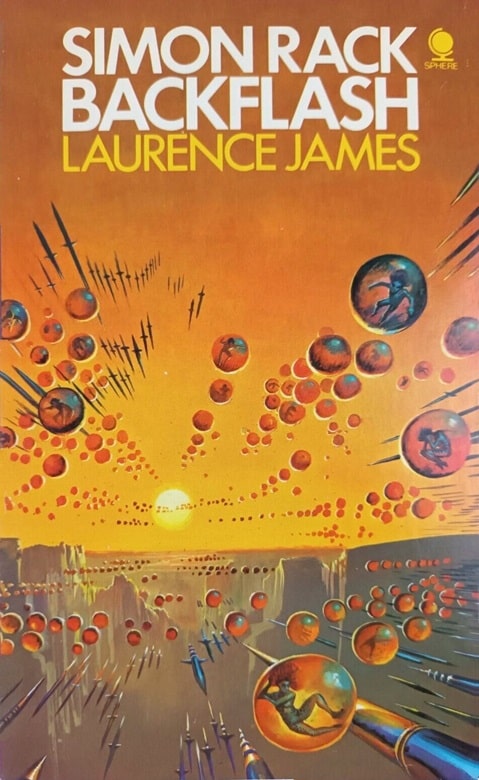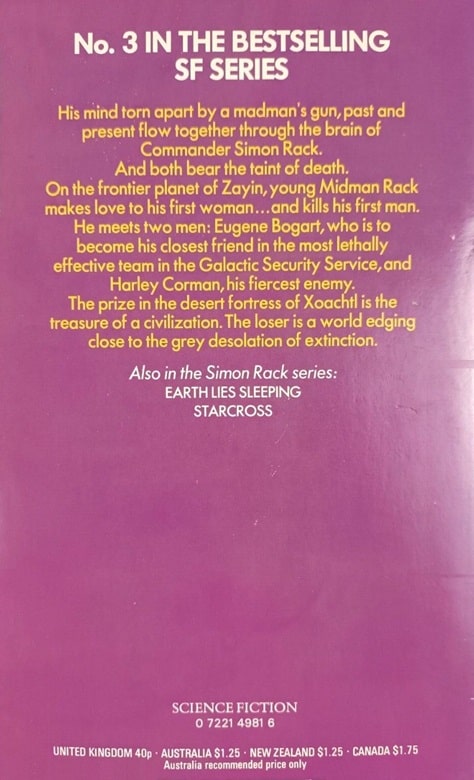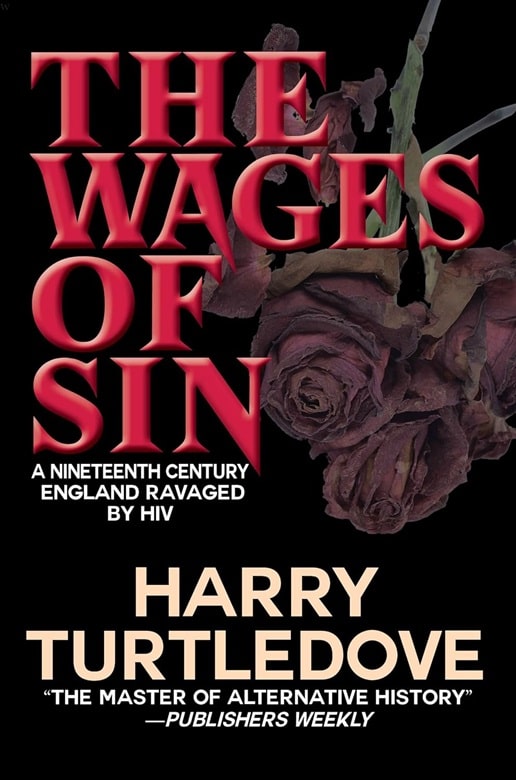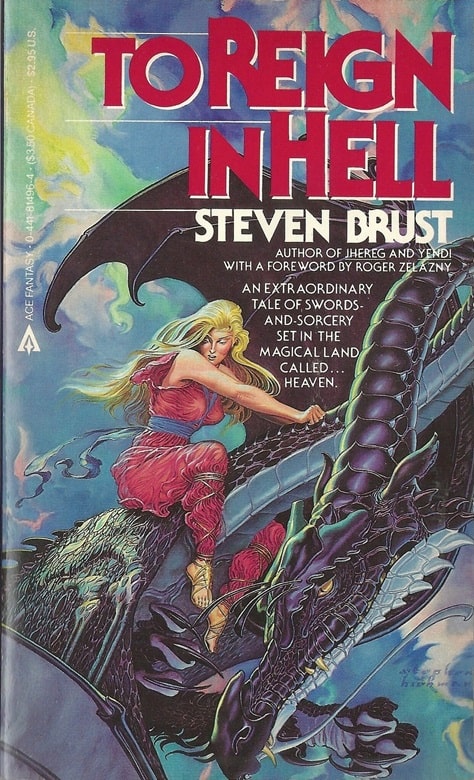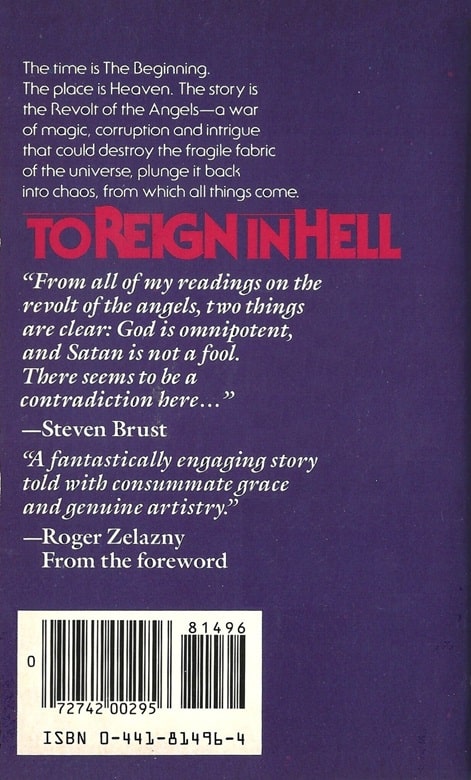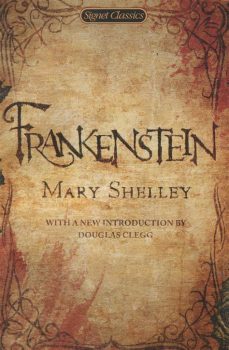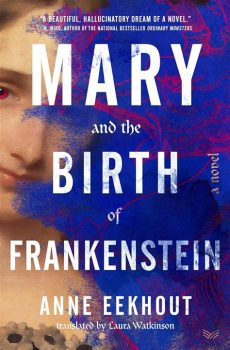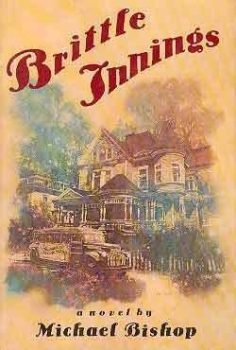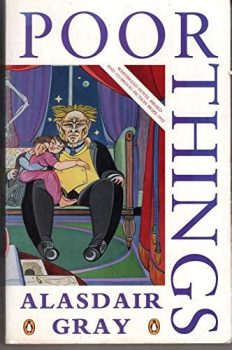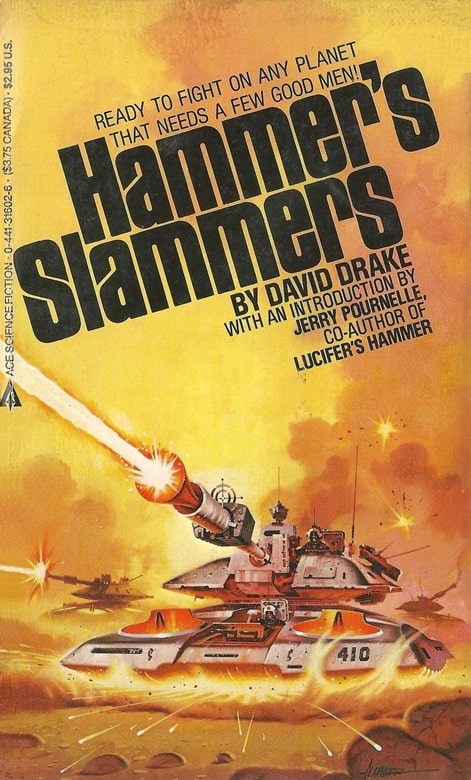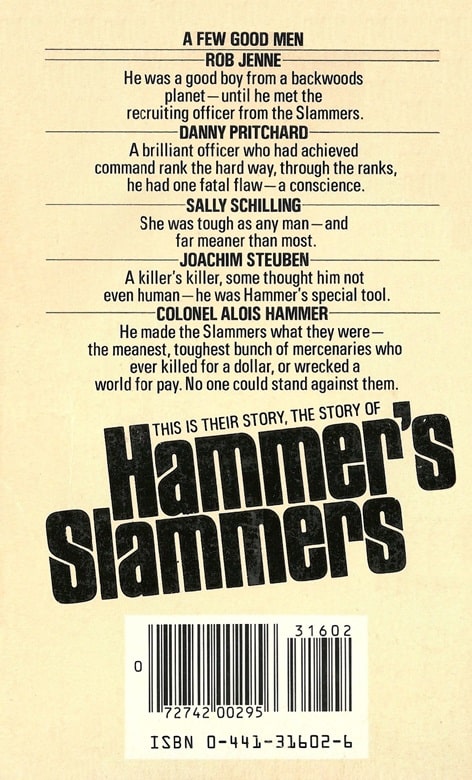Vintage Treasures: Falling Free by Lois McMaster Bujold
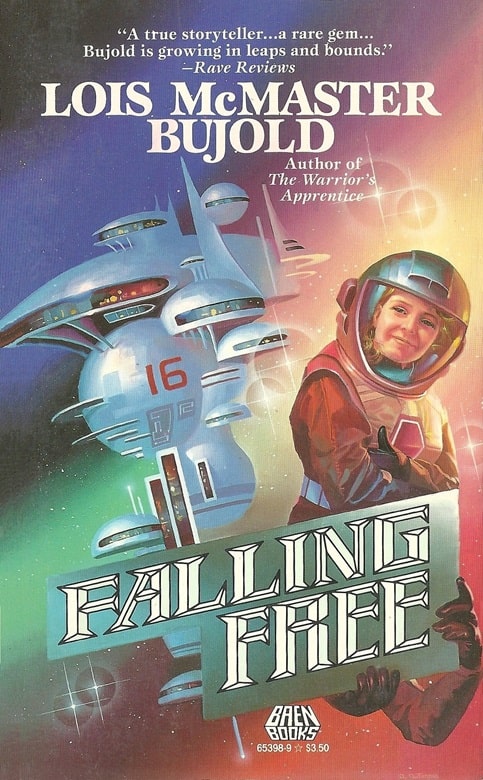 |
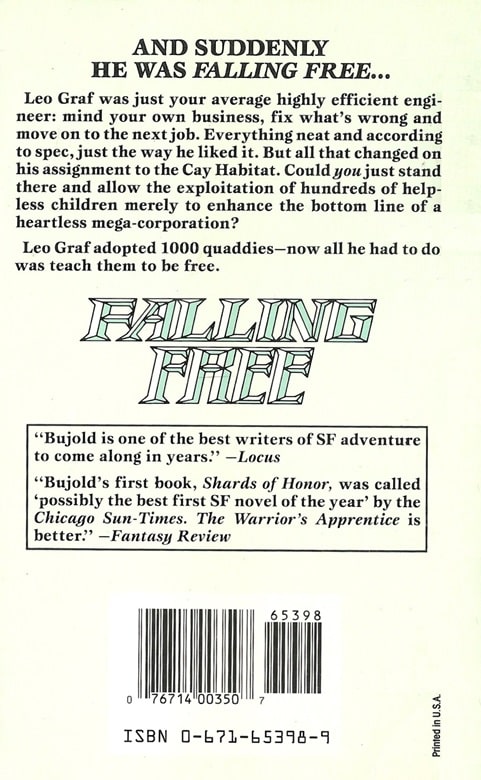 |
Falling Free (Baen Books, April 1988). Cover by Alan Gutierrez
Lois McMaster Bujold is one of the most acclaimed writers in science fiction, with four Hugo wins for Best Novel under her belt (matching Robert A. Heinlein’s record), and three enormously popular series to her credit — the Miles Vorkosigan saga, the fantasy trilogy World of the Five Gods, and the Sharing Knife series.
But in April 1988, when Falling Free appeared, she was a relative unknown. Her first novel Shards of Honor had appeared the previous year, followed quickly by two others set in the same universe: The Warrior’s Apprentice, the tale of the young Miles Vorkosigan, and Ethan of Athos, the story of an exclusively male planetary colony.
But Falling Free was the book that would catapult her to stardom. The first novel (in chronological order) in the sprawling and ambitious Vorkosigan Saga, it was nominated for a Hugo and won the Nebula Award for Best Novel, the first of numerous nominations and awards she’d receive during her career. In 2017, when the first Hugo Award for Best Series was awarded at the 75th World Science Fiction Convention in Helsinki, Bujold easily brought it home for the Vorkosigan Saga.
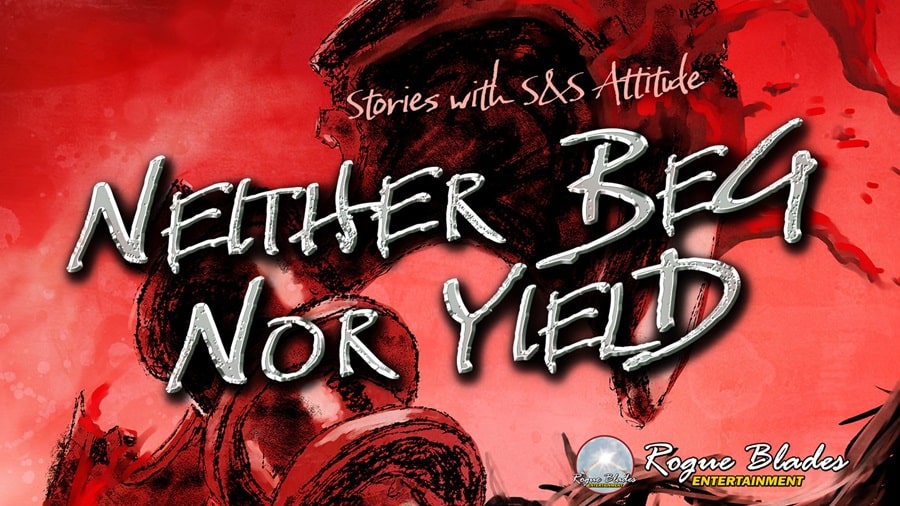
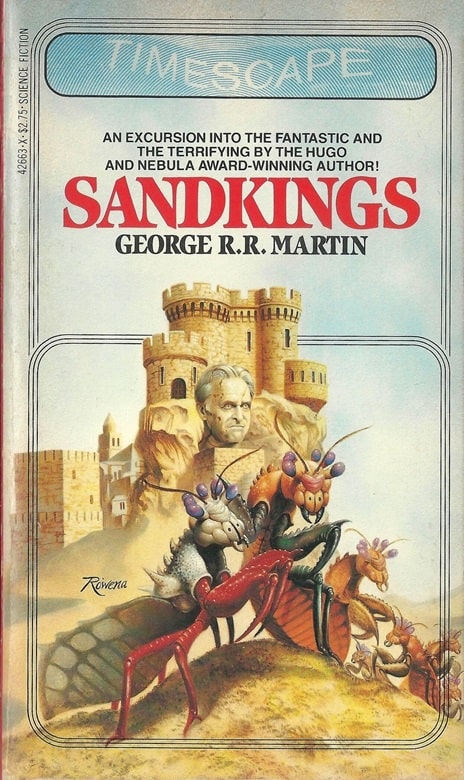
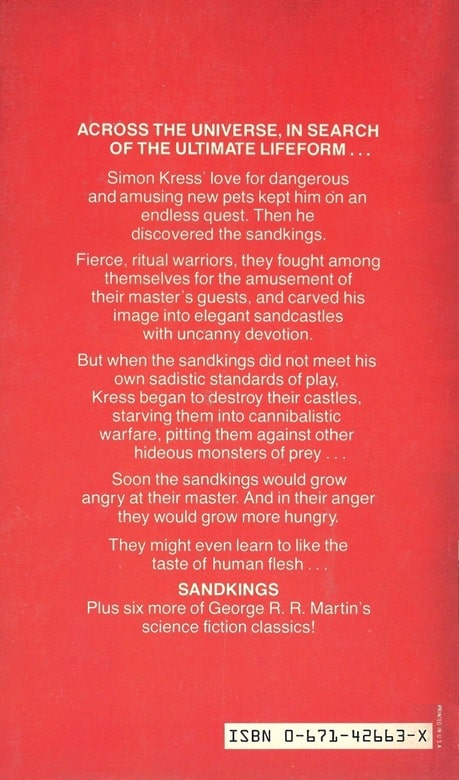
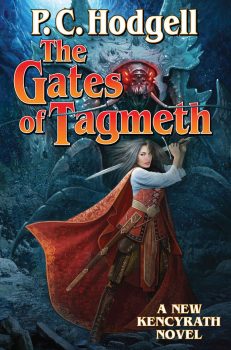 One of the
One of the 